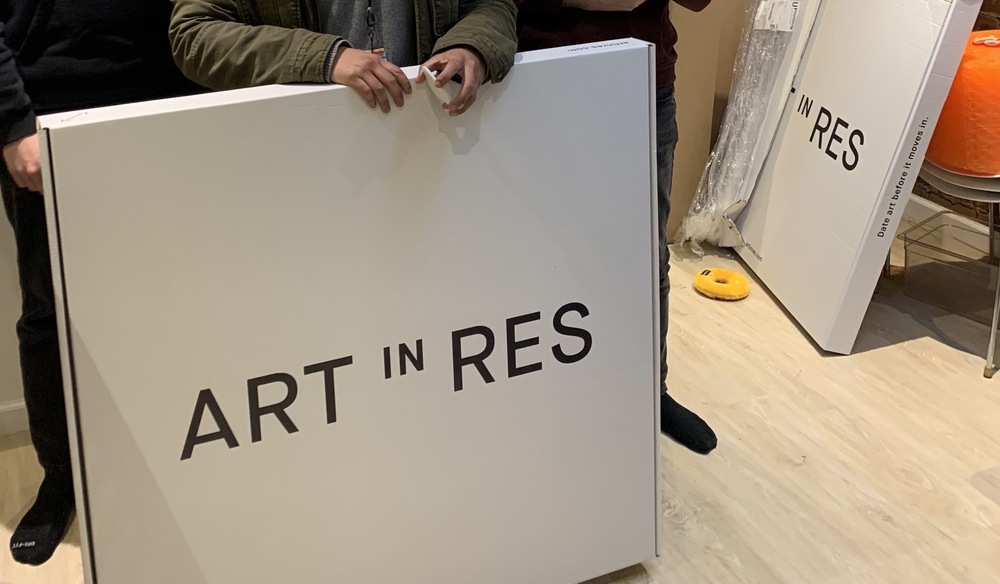Image not found
Written by John Sillings
Feb 9th, 2020 • 4 minute read
Feb 9th, 2020 • 4 minute read
Share


Transportation Guidelines
Click/tap below to copy url
General Guidelines
Talk to the artist.
Many of our artists will be happy to prepare their artwork for transport, break down the process so you can replicate it for a return journey, and give you specific pointers for how to move and handle their piece. Listen carefully and consider taking notes! You can always message the artist through our messenger if you have questions before bringing an artwork back to the artist.Consider the circumstances and always use your best judgment.
Are you moving a small or large artwork? What’s the weather like outside? Are you traveling during rush hour? Try to visualize your journey and anticipate risks. If you’re transporting a large artwork, or if the subways are busy and packed with commuters, a car service is probably a good idea. If it’s raining outside, make sure you have properly weatherproofed the artwork, and consider waiting for the rain to abate. These are just a few examples: always use your best judgment!Be thoughtful and careful.
Don’t make sudden moves, be aware of your surroundings, and always exercise caution. Art in Res is not a platform for multi-million dollar artworks, but every piece is a precious, one-of-a-kind object: please treat all artworks as such.Specific Guidelines
Protect the surface (usually paint, but sometimes another material).
This is the first step in packing an artwork for transport: covering the surface of the artwork! Glassine - a water- and grease-resistant paper - is the best material for the job. Wax paper and tissue paper work, too! Wrap one layer around the painted area and tape with masking tape around the painting - never packing tape!Make the artwork bump- and puncture-resistant.
The gold standard, for layer two, is bubble wrap - but a similar, buffer-type material will do. We’ve even heard of folks wrapping very expensive paintings in blankets with tape! (To be clear, that’s not a best practice that we are recommending.) You shouldn’t anticipate bumping the artwork into anything, but - to paraphrase Lil Wayne - you want to be prepared for the worst and praying for the best. This is how you should apply a bubble-wrap layer:- Place the artwork square in the middle of the bubble wrap, take the ends on either the right and left, and fold them to meet in the center of the painting.
- Tape, then roll up the top to the edge of the painting and tape, and roll up the bottom to the edge of the painting and tape.
- If there’s extra bubble wrap, double-pad the corners to provide protection for the part of the painting most likely to come in contact with other surfaces.
Weather-proofing and water resistance.
It’s important to use waterproof material that will keep water (and other liquids) away from your painting! There are plenty of specialized products to accomplish this, but one or several plastic bags (use tape!) will do just fine.Mobility.
This is the final step of a travel-ready painting, and the specifics will vary by artwork size, weight, and materials. The best solution is one that offers you a high degree of control: you don’t want to bump your artwork into anything or drop it! For smaller paintings over short distances, simply carrying the painting may be fine: but please check with your artist, first! A bag or carrying case with grippy handles that accommodates the artwork is even better. If the artwork is too large to comfortably fit in a bag, consider this solution:- Find a bag with handles that can support the weight of the artwork.
- Cut the bag at its seams and place both sides of the bag on opposite sides of the artwork.
- Tape around the painting and bag to secure the painting in place. You’re good to go!